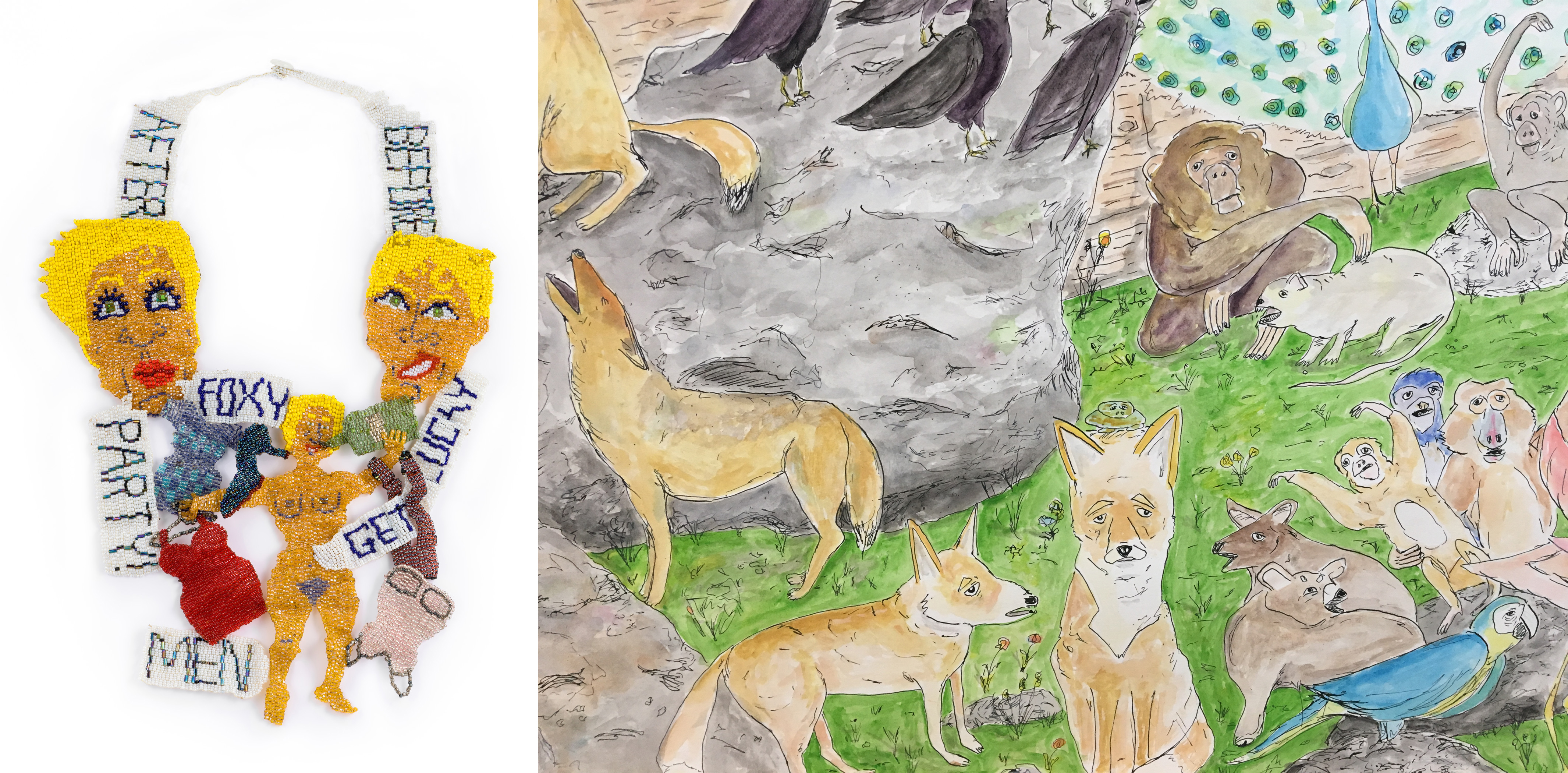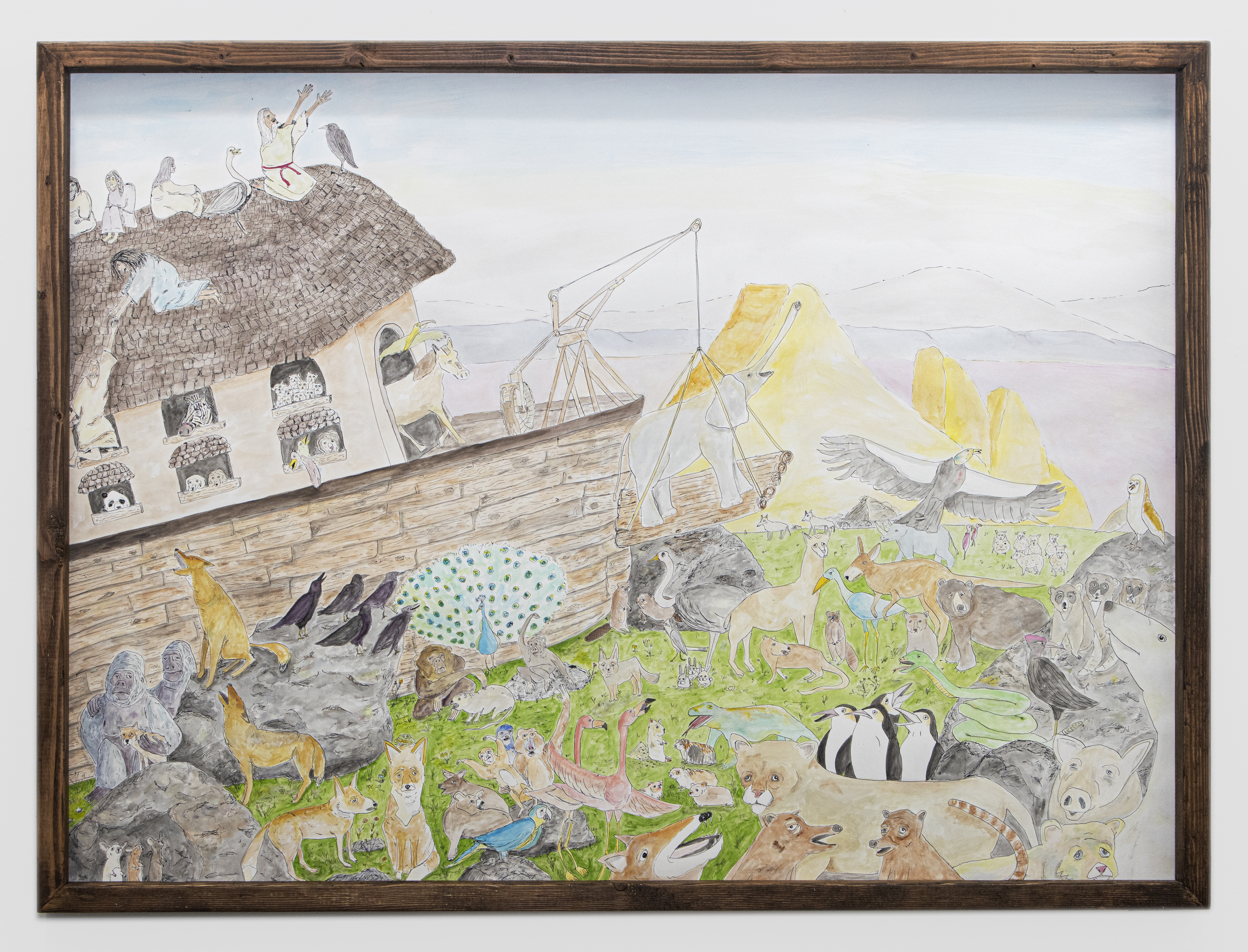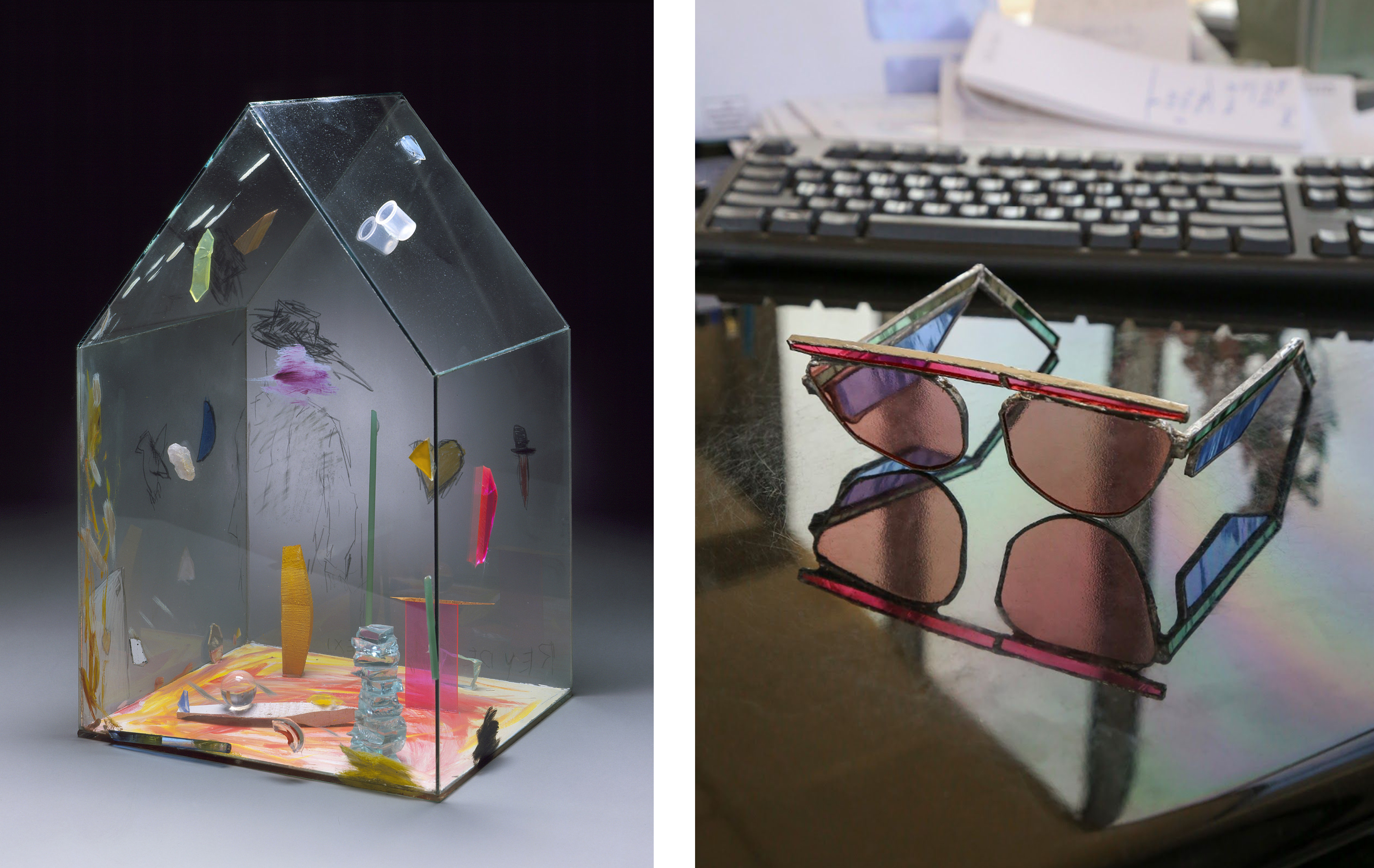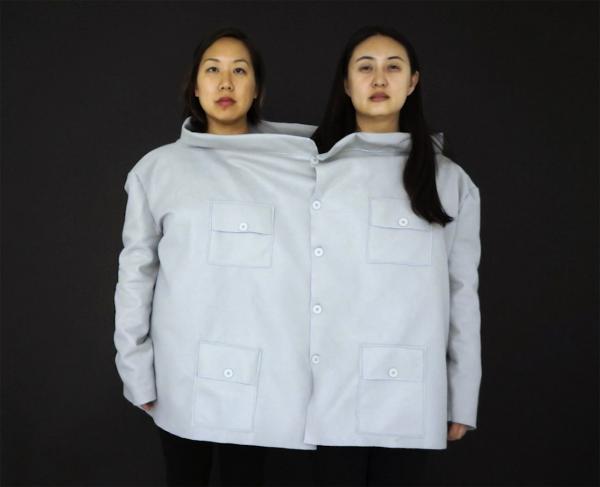ArtCenter College of Design is presenting a virtual exhibition of work from the 2020 class of Graduate Art MFA students, titled Fell For Everything. Curated by artist Adam Stamp (MFA 2017), the show opened on September 12 and runs through October 3, 2020. In conjunction with the exhibition, LACMA curator Rita Gonzalez and artist and ArtCenter faculty member Diana Thater asked each of the 12 graduates to select an object from LACMA's collection and reflect on its relationship to their own developing practice. Over the course of the next month, LACMA will be posting the MFAs' texts, along with images of their personal work and the work they chose from LACMA's collection. Their thoughts on these selections provide an overview of their interests and the kinds of art historical conversations they want to have.
Ching Ching Cheng
Build_IMAGE%201-2.jpg)
Throughout history, cultures and traditions move across time and place. Catholicism was first introduced to what is now Mexico in the 16th century during Spanish colonization, and became its dominant religion. The state of California was part of Mexico until the Mexican American War in 1846–48. The robe-like shape of the ecclesiastical vestment is very similar to a Chinese emperor's dragon robes, which were first adopted by the Tang Dynasty (618–906 CE); both were constructed with silk and metallic thread. In the 18th century in China, embroidery and French knots were added to the dragon robes. Silk production and weaving originated in China, and through the opening of the Silk Road and also the Crusades, silk production was introduced to Europe. By simply examining a piece of clothing one can not only trace the colonial history of Mexico and the United States, but also political and economic history on a global level. My grandmother was born during the year when Taiwan was colonized by Japan before the end of WWII. When I visited my grandmother's house in Taiwan, which was the house I grew up in, I saw many old fabrics which I remembered seeing when I was little. She used these patterned fabrics around the house to cover her furniture, which made me think of when and where these fabrics were made. The five-minute video (re)build is a documented performance piece reflecting on navigation through family lineage and the history of its culture and traditions.
Sean T. Randolph


Joyce J. Scott's PARTY Necklace from 1985 is the life of the party. When the partygoer is ready, she has her makeup on and hair done perfectly with one single curl on her forehead. The curl is the key. It is the difference between partygoer and party icon. She sips from a green jug as her clothes washing machine around her in a clockwise flurry. The heels, much bigger than the rest of the gear, give an added level of urgency to the piece. My favorite detail is how the "get lucky" speech bubble suggestively weaves between the legs of her stockings as if to cast a spell. I am pairing Scott's piece with my recent work titled A Drawing of Muchness from 2020, which features a different type of party. A party of animals howling a dirge around Noah's Ark. Like in Scott's piece, the figures rely on the economy of their depiction. Much can be said about the tilt of a forehead, a curl of hair, or the expression on a concerned fox's face.
Gillian Steiner

Among all of the works in LACMA's collection, Therman Statom's Rey De Sol Mexico (1988) struck me as a fitting metaphor at the beginning of the shelter-in-place mandate. The piece resembles a modern house, delicately constructed out of glass and various found materials of vivid colors and abstracted forms. If not a house, it represents a precarious structure containing aesthetic contents and traces. The translucent surfaces allow the viewer to peer inside and engage with the ontological effects of light and space. Rose Colored Glasses (2019) is a photograph depicting a stained-glass object which I fabricated as a substitute for the real. The metaphor implicit in the title suggests that its function is to see the world through an optimistic lens.



